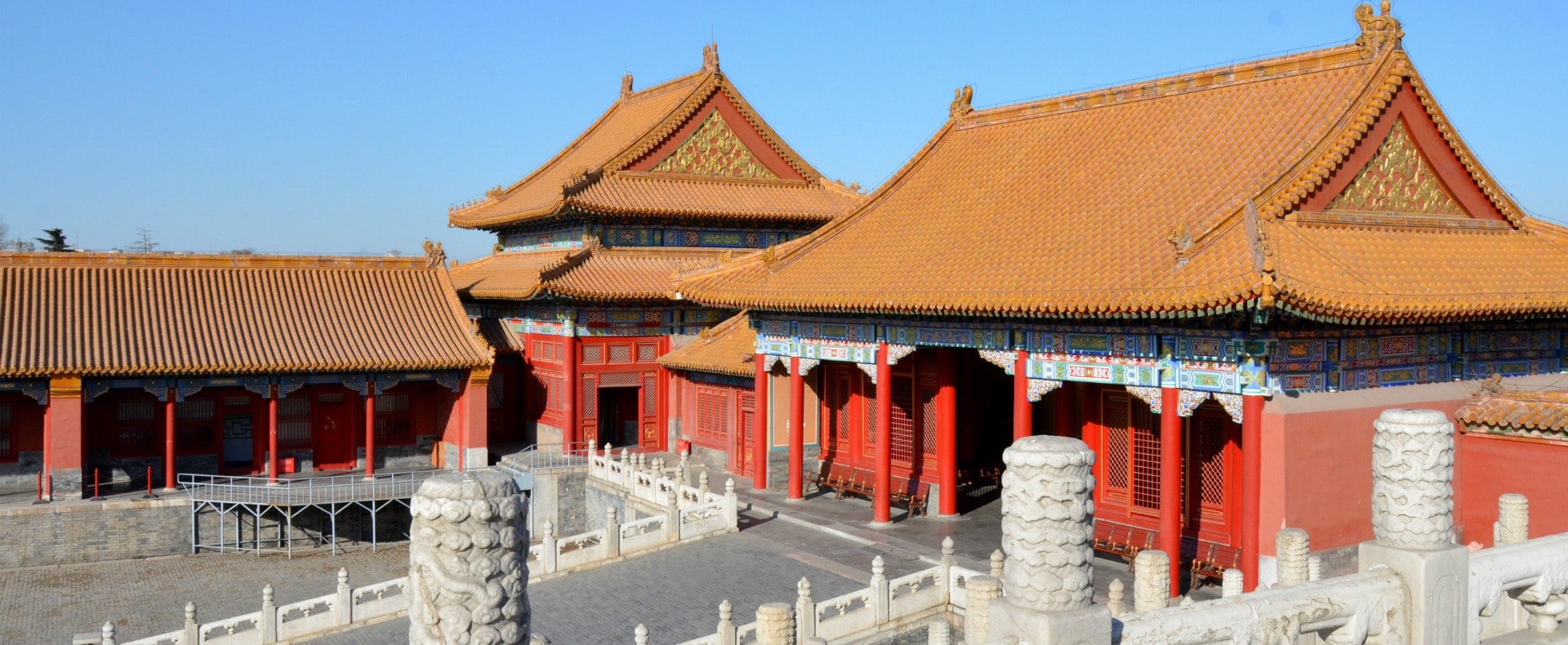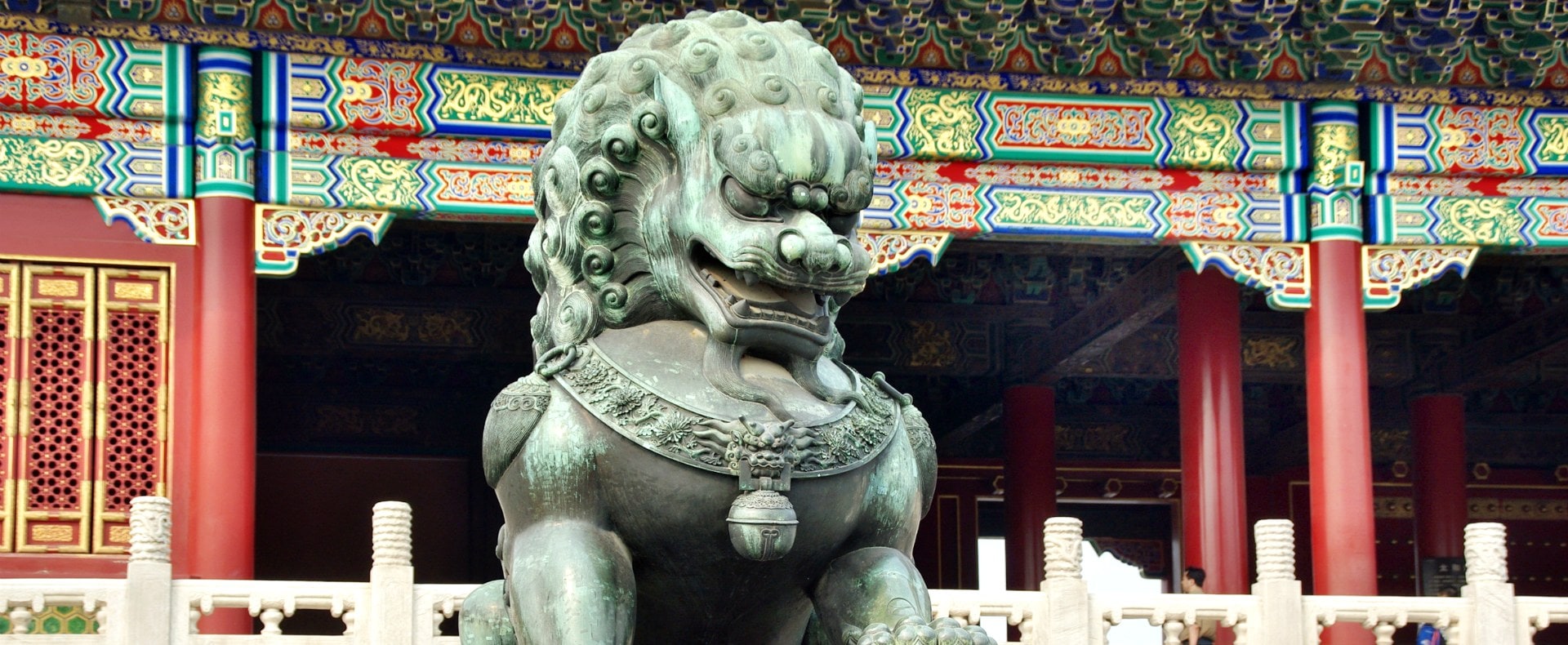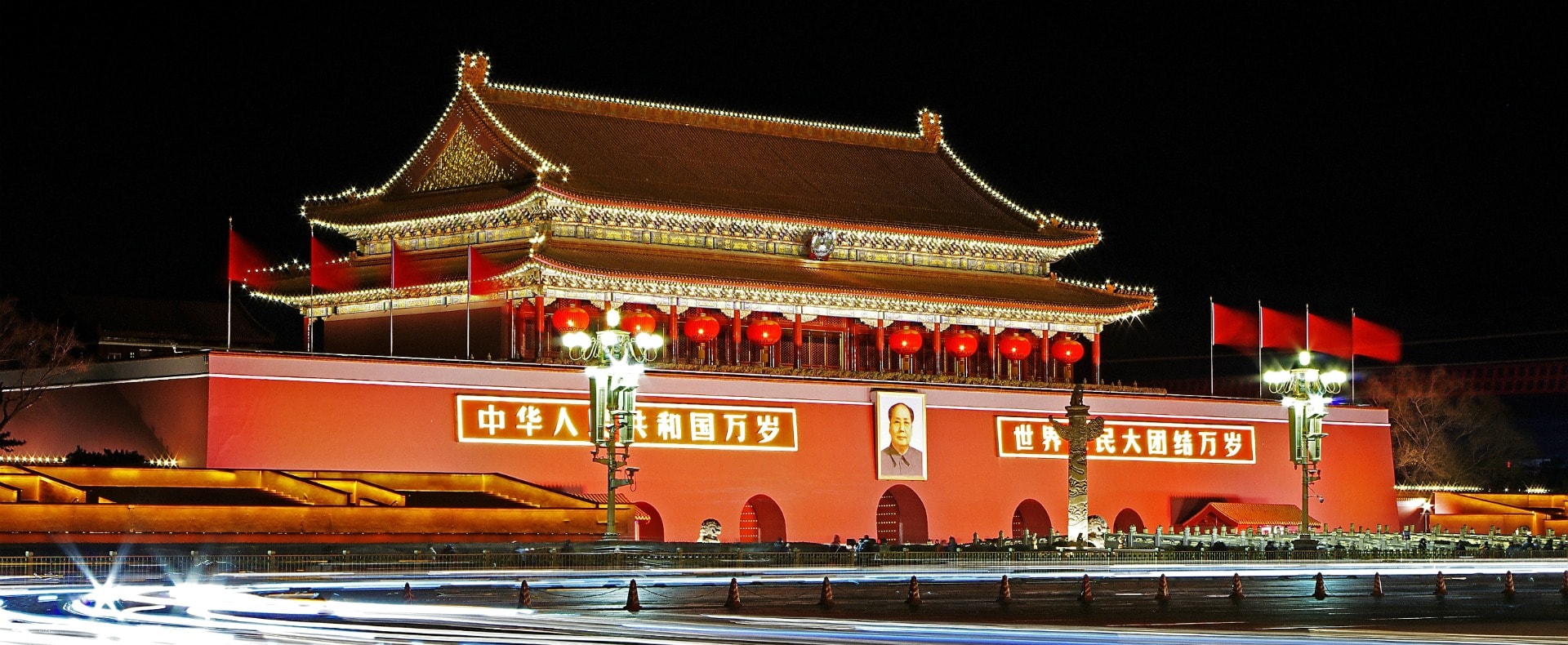Why Visit the Forbidden City of China
Since the Ming Dynasty, the Forbidden City has stood beautifully in the heart of the Chinese capital and was home to 24 emperors of the Ming and Qing Dynasties. While the rest of the city has changed, the Forbidden City has remained practically untouched for almost 500 years.
The Forbidden City began as a home to emperors and ceremonies. Emperors were considered heaven’s sons in ancient China. Thus their residence on earth was built as a replica of the beautiful Purple Palace where God was thought to live in Heaven, representing the supreme power given to the emperor by God. Access to such a holy place was forbidden to ordinary people. Therefore that was how the territory received its name.
About the Forbidden City in Beijing
The city was surrounded by 10-meter high defensive walls and the Tongzi Moat. The Forbidden City covers 178 acres and encompasses 90 palaces and courtyards, 980 buildings, and 8,704 rooms.
Today the Forbidden City is a must-see spot during any Beijing city tour, having numerous museums and cultural monuments and is a thriving destination for tourists and inquisitive locals. As a UNESCO World Heritage Site, this compound is full of treasures and unique artifacts.
Perfectly preserved wooden structures are set beautifully throughout the Forbidden City, and there are ancient murals painted inside nearly every building. Each building is complete with Imperial roof decorations in the form of golden dragons and emperors.
Since the color yellow is synonymous with the emperor, every roof and decoration is beautifully coated with bright yellow paint. Mixed with the red walls and green-trim, the city is very aesthetically pleasing.
The Palace Museum hosts many important historical relics of Chinese culture including numerous ceramics, paintings, and other forms of art from China's golden past. Whether the day is spent viewing museums or simply walking and enjoying the beautiful aesthetics, Beijing's Forbidden City is a premier tourist destination for all ages.






